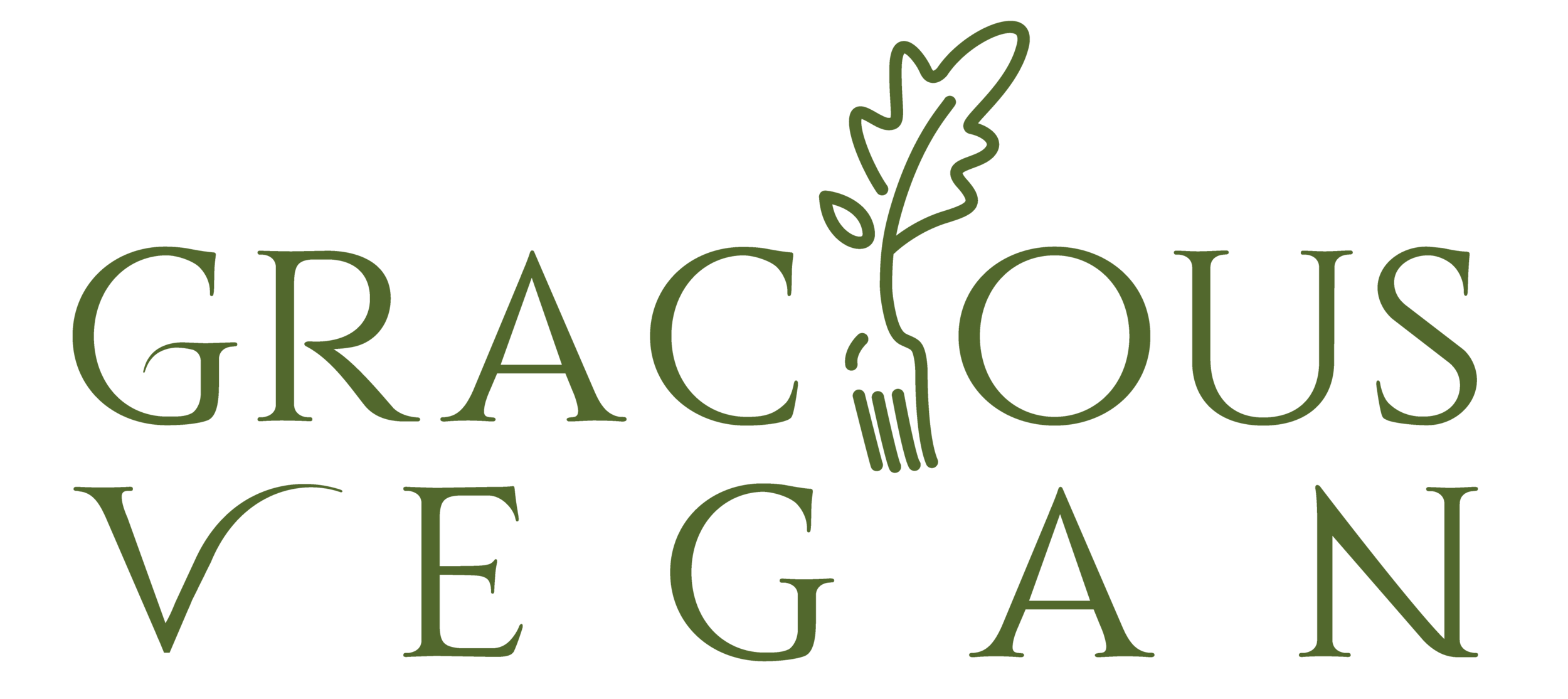What are Soy Curls?
Soy curls are dried strips of mashed soybeans that, when rehydrated, have a similar look and chewiness to chicken. This similarity makes them incredibly useful in many dishes. The added bonus of soy curls? They’re healthy.
Soy curls are made from only one ingredient: whole soybeans. This means they provide fiber (6 grams per serving) and a good amount of protein (11 grams per serving, 3 more than tofu). Many other chicken substitutes contain oil, protein isolates, and other processed ingredients. Soy curls also cost a lot less: from a half to two-thirds less than most chicken substitutes.
What are soy curls made of and how are they produced?
Soy curls are made of non-GMO soybeans. The process of making them starts with soaking the soybeans in water. They’re then cooked and stirred to break the beans down into mush. Then the mush is extruded (i.e., pushed through a small opening) into stringy shapes, which are dried at a low temperature.
Soy curls vs. texture vegetable protein (TVP)
While soy curls are made from whole soybeans and preserve the fiber, protein, and nutrients from the original bean, TVP is made from dehulled and defatted soybeans (i.e., the leftovers from soybean oil production). The process of turning the defatted soybeans into soy concentrate or soy flour and then into the puffed pellets we recognize as TVP involves very high heat and sometimes added chemicals as well. From a health point of view, soy curls are less processed.
Who makes soy curls?
As of now, only Butler Foods makes soy curls—in fact, they have trademarked the name “Soy Curls,” meaning no one else can call their products soy curls. Most people buy Butler Soy CurlsTM in 8-ounce packages, which, once rehydrated, becomes the equivalent of about 1.25 pounds of chicken.
What do I do with soy curls?
Soy curls come dry—they look a lot like pork rinds—in a cellophane bag. The first step is to rehydrate them in warm water—or better, in warm vegetable broth (I add a bit of soy sauce sometimes, too). After soaking them for 10 minutes, you gently drain the liquid off and squeeze out any excess liquid before you cook with them. Once rehydrated and squeezed, they can be used like cooked chicken pieces.
Oil-free uses for soy curls
There are hundreds of uses for soy curls. Here are just a few categories of ideas to get your imagination going.
Soups
Stir-fries
Chili
Curries
Bowls
Wraps
Tacos, tostadas, enchiladas, fajitas
Pulled “pork” and other sandwiches
“Chicken” salad and other salads
Buffalo chicken
Orange chicken
Pot pie
I’ve created three special recipes using soy curls. All of them use a roasting technique, which I’ve found effective for oil-free cooking. (If you look online, many recipes call for sautéing the soy curls in oil, which I avoid.)
My Sheet Pan Kung Pao Soy Curls (pictured at the top of this post) feature roasted red pepper and broccoli along with soy curls, all roasted with a Kung Pao sauce and peanuts.
Make my Sheet Pan Soy Curl Fajitas (pictured at right) if you’re looking for plant-based fajitas that are bursting with flavor, chewiness, and roasted peppers and onions.
Barbecue Soy Curl Burrito Bowls can be customized however you like once you have the foundation of soy curls and a flavorful BBQ sauce.
Where to find soy curls
There are essentially three ways to buy Butler Soy CurlsTM.
Direct from Butler Foods – even with shipping costs you may find the best deal here
From other online outlets, including Amazon
At some local stores, especially health food stores and high-end markets



